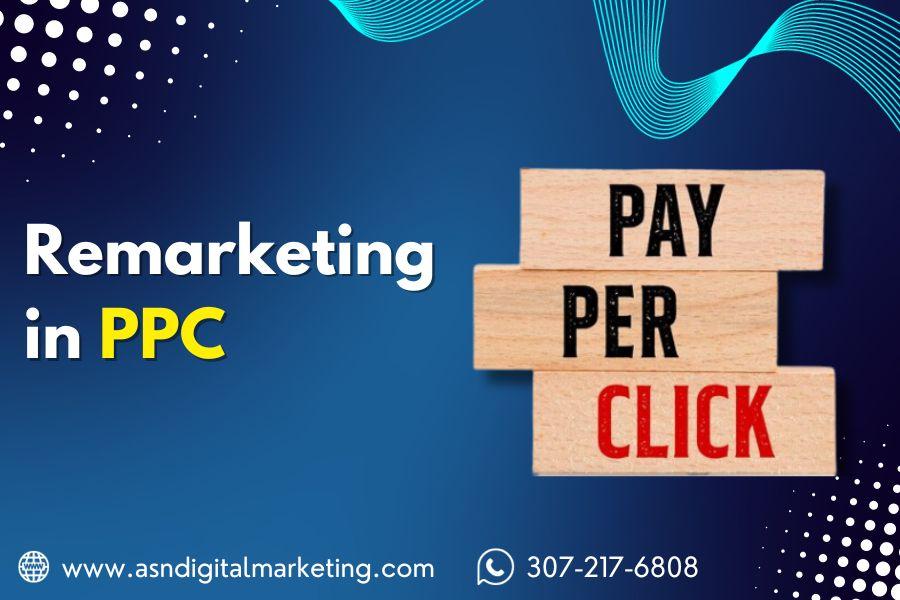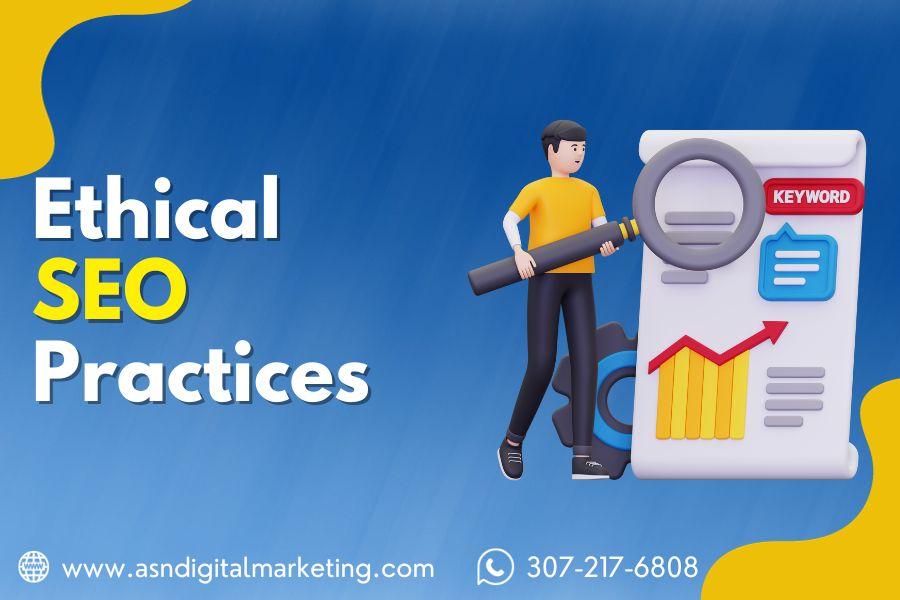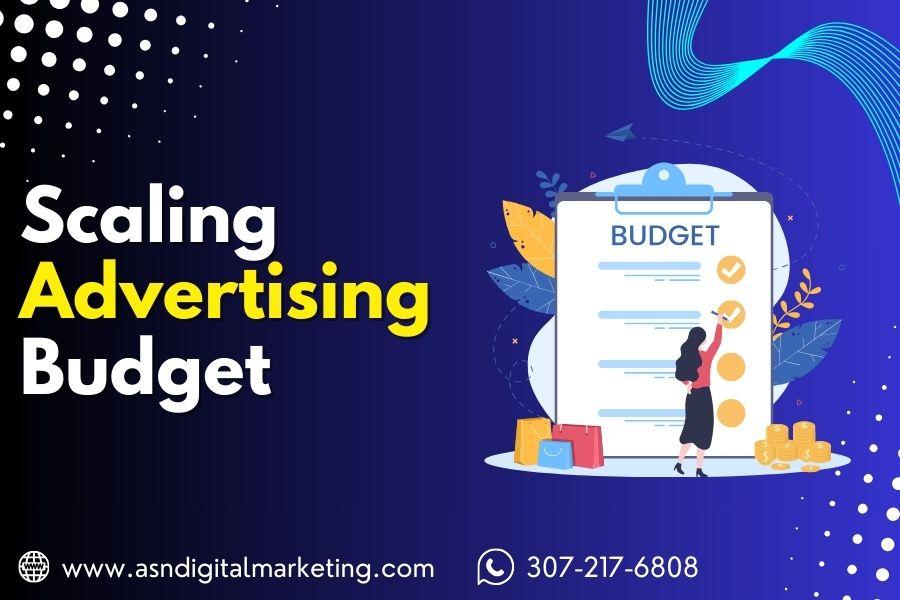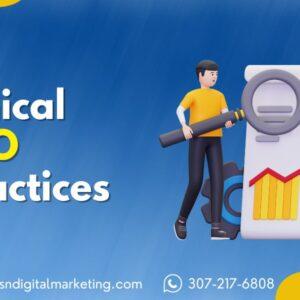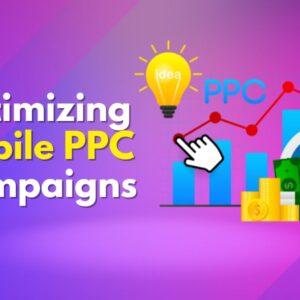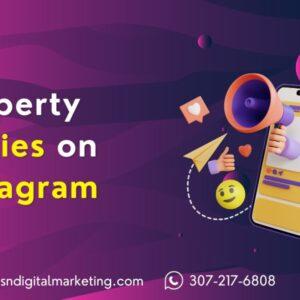Remarketing, also known as retargeting, is an effective way to boost conversions for your pay-per-click (PPC) campaigns. With remarketing, you can target ads to people who have already visited your website or interacted with your brand. Used correctly, remarketing allows you to reconnect with potential customers further down the sales funnel and nudge them closer to a conversion. In this post, I’ll explain what remarketing is, how it works, and tips for maximizing conversions with remarketing in PPC.
What is Remarketing?
Remarketing, or retargeting, shows ads to people who have previously interacted with your website or ads. For example, if someone visits your product page but doesn’t complete a purchase, you can show ads to that person around the web to remind them to come back. This helps you reconnect with potential customers who showed interest but didn’t convert right away.
Some common ways remarketing is used include:
- Site Visitors: Targeting people who visited your website recently.
- Email List: Targeting people on your email list or who have engaged with your emails.
- Abandoned Carts: Targeting people who added items to their cart but didn’t complete the purchase.
- Previous Converters: Targeting people who have already purchased from you to get repeat business.
- Engaged Audiences: Targeting people who have watched your videos, clicked your ads, etc.
The key is remarketing targets Warm Audiences of people who have already shown interest in your business in some way. This helps maximize the effectiveness of your PPC ads.
How Does Remarketing Work?
There are two main components that make remarketing work:
1. Pixels: These are small tracking codes placed on your website to monitor user behavior. For example, a Facebook pixel would track when someone visits your site so you can later remarket to them on Facebook.
2. Audience Creation: Pixels help build targeted audience lists in PPC platforms like Google Ads, Facebook Ads, etc. You can then create ads and target your remarketing campaigns to these specific audiences.
When someone interacts with your site, the pixel fires and notes that visit. That data is reported back to the ad platform and added to your remarketing audience list. You can then create ads aimed specifically at these audiences to drive conversions from your warmest potential leads.
Tips to Maximize Conversions with Remarketing
Here are some best practices to maximize conversions with your remarketing campaigns:
1. Focus on the Most High-Intent Audiences
Prioritize remarketing to your audiences that showed the most intent and interest initially. For example, target people who added items to their cart or already made a purchase first before broader audiences.
2. Use Highly Targeted Keywords
Choose keywords tailored specifically to each audience’s needs to keep your message relevant in their eyes. Include keywords related to the content they initially interacted with.
3. Spotlight Specific Products or Offers
Highlight the exact products or offers the audience previously expressed interest in. This direct matching helps remind them what caught their eye in the first place.
4. Use Dynamic Product Ads
Dynamic product ads show actual products the person viewed on your website and help drive conversions. Studies show dynamic product ads have 2-10x higher CTR and conversion rates compared to broader remarketing.
5. Make Retargeting Ads Stand Out
Use high-quality images, attention-grabbing headlines, and persuasive copy tailored to the audience. Avoid generic ads and help your message rise above the noise.
6. Offer Time-Sensitive Incentives
Incentives like sales, promo codes, and free shipping can help push customers over the edge to convert. Urgency also prompts faster action.
7. Customize Messaging for Each Stage
Use different messaging depending on where someone is in the sales funnel. Early stage ads should focus on awareness while later stage ads emphasize discounts and value.
8. Use Negative Keywords to Suppress Irrelevant Traffic
Add negative keywords to avoid wasting spend on people who aren’t likely to convert, like the wrong demographics or unrelated searches.
9. Exclude Users Who Converted Recently
Don’t over-target audience members who already purchased from you recently to avoid annoyance and ad fatigue.
10. Test, Evaluate and Optimize
Regularly assess remarketing campaign performance and fine-tune targeting, ads, landing pages, and bidding to improve results over time.
The Benefits of PPC Remarketing
When used strategically, remarketing offers a variety of benefits:
- Increased conversions from warmer leads
- Improved ROI on your PPC spending
- Lower cost-per-click compared to new visitor campaigns
- Continued brand exposure even after someone leaves your site
- Opportunities to re-engage at multiple touchpoints
Setting up and managing successful remarketing campaigns does require some effort. But the potential conversion upside is huge, especially among your qualified audiences.
By focusing your PPC remarketing on the right audiences with relevant, persuasive messaging, you can maximize conversions and turn more window shoppers into customers over time.

